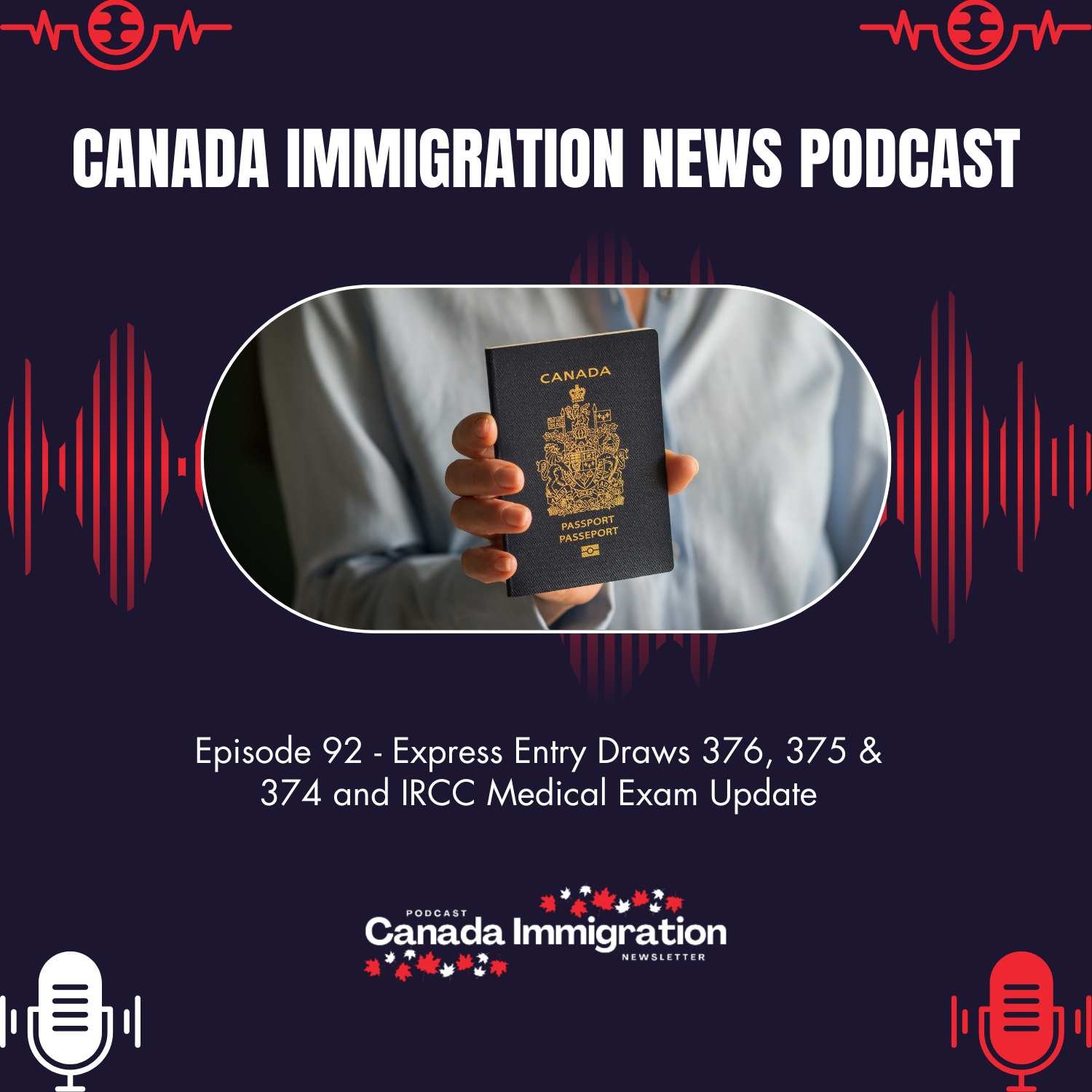Work in Canada
Canada Immigration Medical Examination (IME) – Health Grounds, Public Safety, and Admissibility Explained

Before any foreign national is approved for Canadian immigration, they must undergo a mandatory Immigration Medical Examination (IME). This step ensures that individuals entering Canada do not pose a danger to public health or public safety and will not cause an excessive demand on health or social services. The IME is not just a formality; it’s a crucial evaluation that affects your admissibility for permanent or temporary residence. Conducted by IRCC-approved panel physicians, it includes a detailed health review, diagnostic tests, and a professional medical assessment by Immigration, Refugees and Citizenship Canada (IRCC).
Let’s break down what the IME involves, what conditions may lead to medical inadmissibility, and how exemptions apply under Canadian immigration law.
1. Danger to Public Health
A foreign national may be found inadmissible if their medical condition poses a danger to public health.
IRCC medical officers review:
- Reports from health practitioners and laboratories
- The communicability of any disease the person has or carries
- The potential impact on others living in Canada
Diseases Considered a Public Health Danger Include
- Active pulmonary tuberculosis
- Untreated syphilis
Individuals diagnosed with such conditions may need medical treatment or medical surveillance before approval.
2. Danger to Public Safety
A person may also be deemed inadmissible if their health condition poses a risk to public safety.
This assessment considers:
- The risk of sudden incapacity (e.g., seizures, loss of consciousness)
- The likelihood of unpredictable or violent behavior
Examples of Conditions Affecting Public Safety
- Severe, uncontrolled mental health disorders
- Paranoid or psychotic conditions associated with aggression
- Substance abuse leading to anti-social acts (e.g., violence, impaired driving)
- Suicidal ideation or attempts involving risk to others
These evaluations ensure that no applicant poses a risk to Canadian residents.
3. Excessive Demand Exemption (EDE)
Certain applicants are exempt from the “excessive demand” clause under Section A38(2) of the Immigration and Refugee Protection Act. This means they will not be refused for requiring more health or social services than average Canadians.
Exempt Groups Include
- Spouses, common-law, or conjugal partners being sponsored
- Dependent children of the sponsor or their partner
- Convention refugees and protected persons (and their families)
Even though these individuals undergo a medical exam, their cases are not assessed for excessive demand.
4. Excessive Demand on Health and Social Services
Under Regulation R1(1), excessive demand refers to cases where the applicant’s condition would:
- Require health or social services exceeding the average Canadian per capita cost, or
- Negatively affect access to services for Canadians
IRCC’s goal is to balance humanitarian considerations with Canada’s healthcare system capacity.
5. What Does an Immigration Medical Examination Include?
A panel physician authorized by IRCC performs the IME. The exam usually involves:
- Review of past medical history
- Physical and mental examination
- Blood tests for syphilis and HIV (for applicants aged 15 and older)
- Chest X-ray for tuberculosis screening (for applicants aged 11 and older)
- Additional tests if needed
Once the IME is complete, the results are uploaded to IRCC’s GCMS system for a final medical assessment.
6. Medical Assessment and Certification
IRCC’s medical officers review the IME results and determine whether the applicant is:
- Admissible (M1, M2, M3 codes), or
- Inadmissible on health grounds (danger to health/safety or excessive demand)
Applicants who are medically cleared receive a medical certificate valid for 12 months from the date of examination.
7. Medical Surveillance in Canada
If an applicant is found to have a condition of public health significance, they must report to provincial or territorial health authorities after landing in Canada.
Examples include those who had inactive tuberculosis or other communicable conditions.
IRCC’s Public Health Liaison Unit (PHLU) tracks compliance and ensures medical follow-up, while provincial health authorities manage the actual surveillance process.
8. Role of Panel Physicians and Radiologists
- Panel Physicians: Authorized by IRCC to perform and submit official immigration medical exams.
- Panel Radiologists: Review and grade chest X-rays related to IMEs.
Only IRCC-approved professionals can perform these assessments — private medical reports are not accepted.
Why the Immigration Medical Examination Matters
The Canada Immigration Medical Examination (IME) is a vital step in ensuring public safety, maintaining healthcare balance, and protecting communities. It allows IRCC to make informed decisions about who can enter or stay in Canada. If you are preparing for your immigration journey, make sure your medical documents and records are up to date and accurate before attending your exam.
























